Real-Time Content Safety for Live Video Platforms and Streaming Services
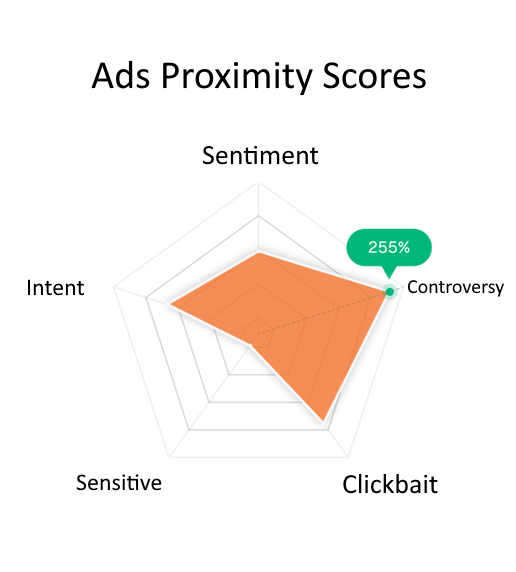
Live streaming represents one of the most challenging frontiers in content moderation, where traditional post-upload analysis approaches are rendered obsolete by the real-time nature of content creation and consumption. Unlike pre-recorded videos that can be thoroughly analyzed before publication, live streams require instant analysis and immediate response capabilities to protect audiences from harmful content while preserving the spontaneous, interactive nature that makes live streaming valuable.
The stakes for live streaming moderation are exponentially higher than traditional content moderation. Harmful content broadcast live can reach thousands or millions of viewers instantly, potentially causing immediate psychological harm, inspiring copycat behavior, or spreading dangerous misinformation before any human moderator could possibly intervene. This reality demands sophisticated automated systems capable of real-time analysis, instant decision-making, and automated protective responses.
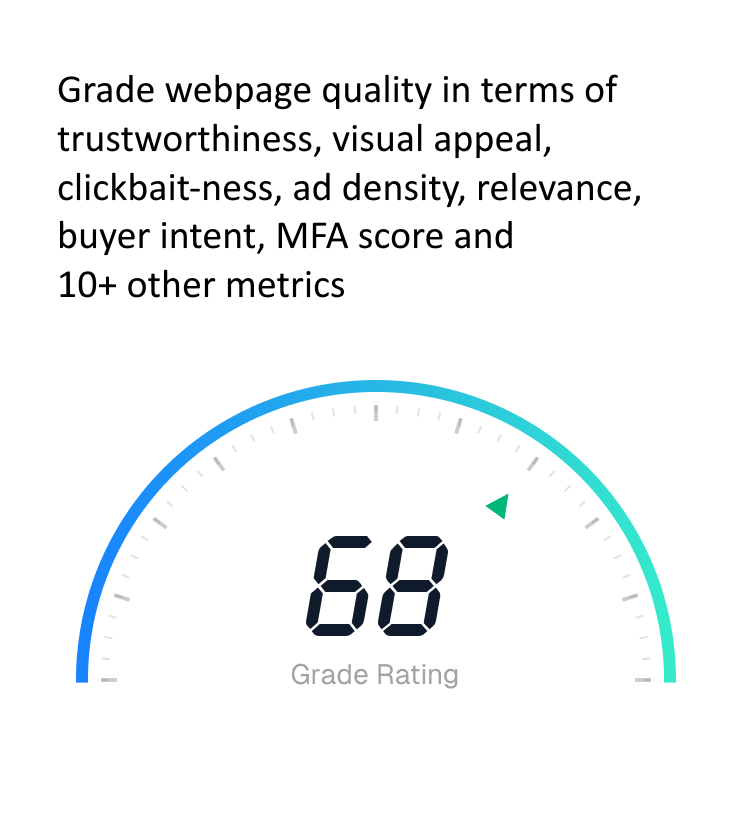
The technical foundation of effective live streaming moderation rests on a sophisticated real-time processing architecture designed to handle the demanding requirements of continuous content analysis with minimal latency. Our system employs distributed computing clusters, optimized algorithms, and advanced caching strategies to ensure that live content can be analyzed and acted upon within milliseconds of transmission.
Achieving sub-second analysis of live video streams requires specialized processing pipelines optimized for speed without sacrificing accuracy. Our system processes incoming video streams through parallel analysis channels, with each channel specialized for different types of content violations. Visual analysis, audio processing, and contextual evaluation occur simultaneously, enabling comprehensive content review within the tight time constraints imposed by live broadcasting.
The system's edge computing capabilities distribute processing power close to content sources, reducing network latency and enabling faster response times. Advanced buffering and predictive processing techniques allow the system to analyze content segments before they are fully transmitted, providing additional time for thorough evaluation while maintaining real-time response capabilities.
Major live streaming platforms may host thousands of concurrent streams during peak periods, requiring moderation infrastructure that can scale dynamically to handle varying load levels. Our system employs auto-scaling cloud infrastructure that automatically allocates additional processing resources during high-traffic periods while optimizing costs during lower-usage times.
Load balancing algorithms ensure that processing resources are efficiently distributed across active streams, preventing any single stream from being delayed due to resource constraints. Priority queuing systems can allocate additional resources to high-risk streams or popular broadcasts where potential policy violations could have greater impact.
High-performance video stream ingestion supporting multiple protocols and encoding formats.
Simultaneous analysis of visual, audio, and contextual elements without processing delays.
Automatic resource allocation based on concurrent stream volume and processing demands.
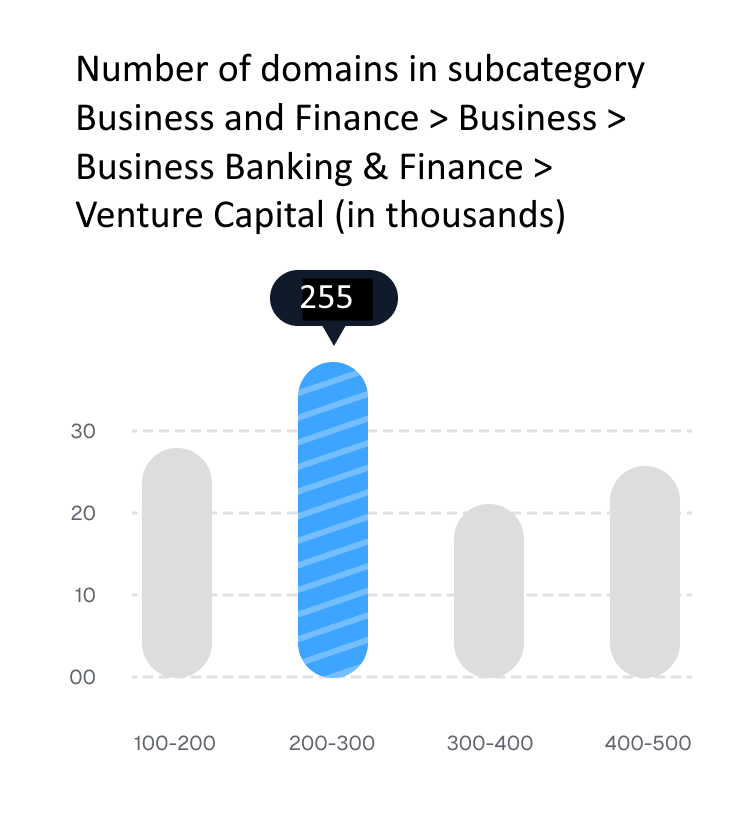
Live streaming moderation requires violation detection algorithms optimized for real-time operation while maintaining the accuracy necessary to avoid false positives that could disrupt legitimate content. Our instant detection system employs lightweight neural networks and optimized processing pipelines specifically designed for live content analysis.
Visual content analysis in live streams must balance comprehensive detection capabilities with processing speed constraints. Our real-time visual analysis system employs optimized computer vision models that can identify explicit content, violence, weapons, hate symbols, and other policy violations within individual frames while maintaining processing speeds necessary for live analysis.
The system's temporal analysis capabilities track changes across multiple frames in real-time, enabling detection of evolving violations such as gradual reveals, progressive violence escalation, or other dynamic content that might not be immediately apparent in isolated frames. This temporal awareness is crucial for detecting sophisticated evasion techniques that might be employed during live broadcasts.
Audio content in live streams presents unique challenges due to the spontaneous nature of speech, background noise, and multiple speaker scenarios common in live broadcasting. Our real-time audio monitoring system employs optimized speech recognition and natural language processing algorithms designed specifically for live content analysis.
The system can detect hate speech, threats, harassment, profanity, and other audio policy violations in real-time while accounting for the contextual nuances of live conversation. Advanced speaker identification capabilities enable tracking of individual participants in multi-person streams, ensuring appropriate accountability for policy violations.
Understanding context in live streams requires sophisticated analysis of ongoing content themes, participant behavior patterns, and situational factors that might affect the appropriateness of otherwise borderline content. Our contextual analysis system maintains awareness of stream progression, enabling more nuanced moderation decisions based on overall stream context rather than isolated moments.
Individual frame analysis for immediate identification of visual policy violations.
Continuous audio monitoring with real-time transcription and content evaluation.
Analysis of streamer and participant behavior patterns for risk assessment.
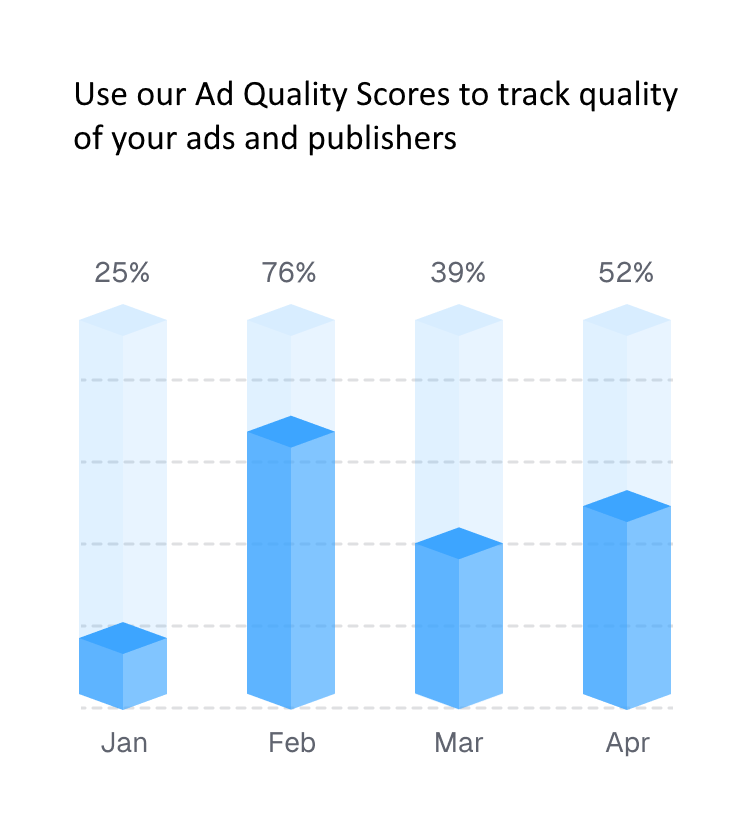
When policy violations are detected in live streams, automated response systems must take immediate action to protect audiences while minimizing disruption to legitimate content. Our comprehensive response system offers multiple intervention options that can be configured based on violation severity, stream context, and platform policies.
Not all policy violations require the same response severity, and effective live streaming moderation must employ graduated response mechanisms that match intervention intensity to violation severity. Minor violations might trigger content warnings or temporary audio muting, while serious violations could result in immediate stream termination or audience restriction.
The graduated response system considers factors such as violation severity, streamer history, audience size, and potential harm when determining appropriate responses. This nuanced approach minimizes unnecessary disruption to legitimate content while ensuring effective protection against genuinely harmful material.
Advanced response systems can implement real-time content modifications that address policy violations while allowing streams to continue. This includes automatic blurring of inappropriate visual content, selective audio muting during problematic speech, and overlay warnings that alert audiences to potentially sensitive content without completely interrupting the stream.
Dynamic modification capabilities enable more sophisticated responses to borderline content, allowing platforms to maintain content availability while implementing appropriate protections. These responses can be particularly valuable for educational, news, or artistic content that might contain sensitive material for legitimate purposes.
Protecting audiences from harmful live content requires sophisticated response systems that can implement immediate protective measures. Age-gating systems can instantly restrict access to inappropriate content, while warning overlays can alert viewers to potentially disturbing content before they choose to continue viewing.
Emergency response protocols can implement immediate stream termination for the most serious violations, while notification systems alert platform administrators and human moderators to situations requiring immediate attention or follow-up action.
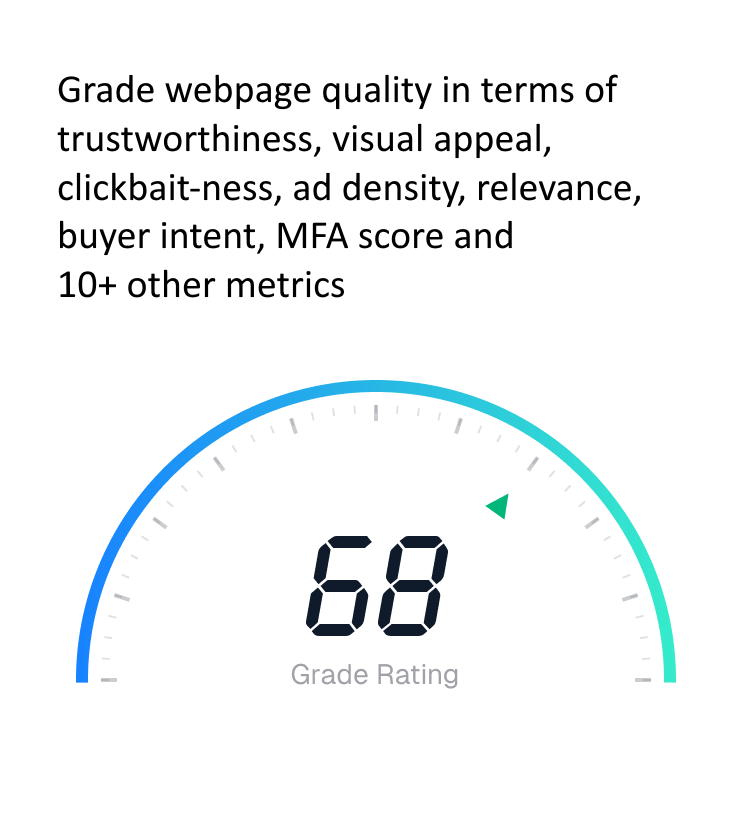
Different live streaming platforms have unique requirements, user bases, and content types that require specialized moderation approaches. Gaming platforms, social media live features, educational streaming services, and news broadcasting each present distinct challenges that must be addressed through customized moderation strategies.
Gaming live streams present unique moderation challenges due to the presence of fantasy violence, competitive behavior, and gaming-specific communication patterns. Our system includes specialized gaming context awareness that can distinguish between in-game violence and real-world harmful content while still detecting genuine policy violations such as harassment, hate speech, or inappropriate behavior.
Gaming platform moderation must also address stream sniping, doxxing attempts, swatting threats, and other forms of targeted harassment that are particularly common in competitive gaming environments. The system's behavioral analysis capabilities can identify coordination patterns and escalating behavior that might indicate serious safety threats.
Social media platforms often feature personal, informal live streaming that requires moderation approaches sensitive to private expression while maintaining community safety. The system's contextual understanding helps distinguish between personal sharing and content that might violate community standards or pose safety risks.
Social media live streams often involve multiple participants, background activity, and spontaneous content that requires sophisticated analysis to identify policy violations without over-moderating legitimate social interaction.
Educational live streams may contain sensitive content for legitimate instructional purposes, requiring moderation systems that understand educational context while still protecting against inappropriate content. Professional streaming environments require protection of confidential information and workplace harassment prevention.
Specialized analysis for gaming content, distinguishing fantasy from real-world violations.
Nuanced moderation approaches for personal and informal live content.
Workplace-appropriate moderation for business and educational streaming.
Implementing live streaming moderation requires careful integration with existing streaming infrastructure, careful consideration of user experience impacts, and robust testing to ensure system reliability during high-traffic periods. Our implementation approach minimizes disruption to existing systems while providing comprehensive protection capabilities.
Live streaming platforms employ various streaming protocols, encoding standards, and delivery methods that must be accommodated by moderation systems. Our solution supports major streaming protocols including RTMP, HLS, WebRTC, and others, enabling seamless integration regardless of underlying streaming technology.
Real-time moderation systems must integrate closely with platform control systems to enable immediate response to detected violations. Our comprehensive API and webhook system provides real-time communication between moderation analysis and platform control systems, enabling immediate implementation of protective responses.
Live streaming moderation systems must maintain consistent performance under varying load conditions while providing detailed analytics about system performance, violation detection rates, and response effectiveness. Our monitoring systems provide real-time performance metrics and automated optimization to ensure consistent protection quality.
The future of live streaming moderation will be shaped by advances in artificial intelligence, emerging streaming technologies, and evolving content creation patterns. Our ongoing development focuses on enhanced predictive capabilities, improved contextual understanding, and adaptation to new streaming formats such as interactive streaming, virtual reality broadcasting, and augmented reality content.
Machine learning advances promise even more sophisticated real-time analysis capabilities, while improved integration with platform ecosystems will enable more seamless and effective protection measures. Continued research into human-AI collaboration will enhance the effectiveness of combined automated and human moderation approaches.
Live streaming moderation represents the cutting edge of content safety technology, requiring sophisticated real-time analysis capabilities, instant response systems, and robust infrastructure that can handle the demanding requirements of continuous content protection. Our comprehensive live streaming moderation solution provides the technological foundation necessary to maintain safe, engaging live streaming environments while preserving the spontaneous, interactive nature that makes live content valuable.
For platforms serious about live content safety, implementing advanced real-time moderation capabilities is essential for protecting users, maintaining community standards, and ensuring sustainable platform growth in the dynamic live streaming landscape.